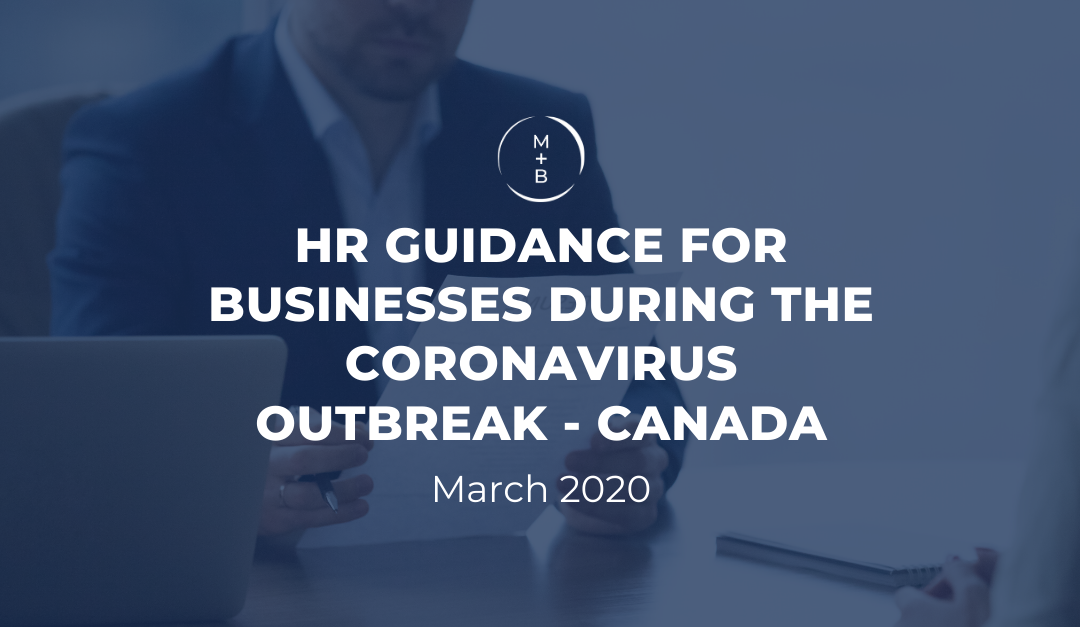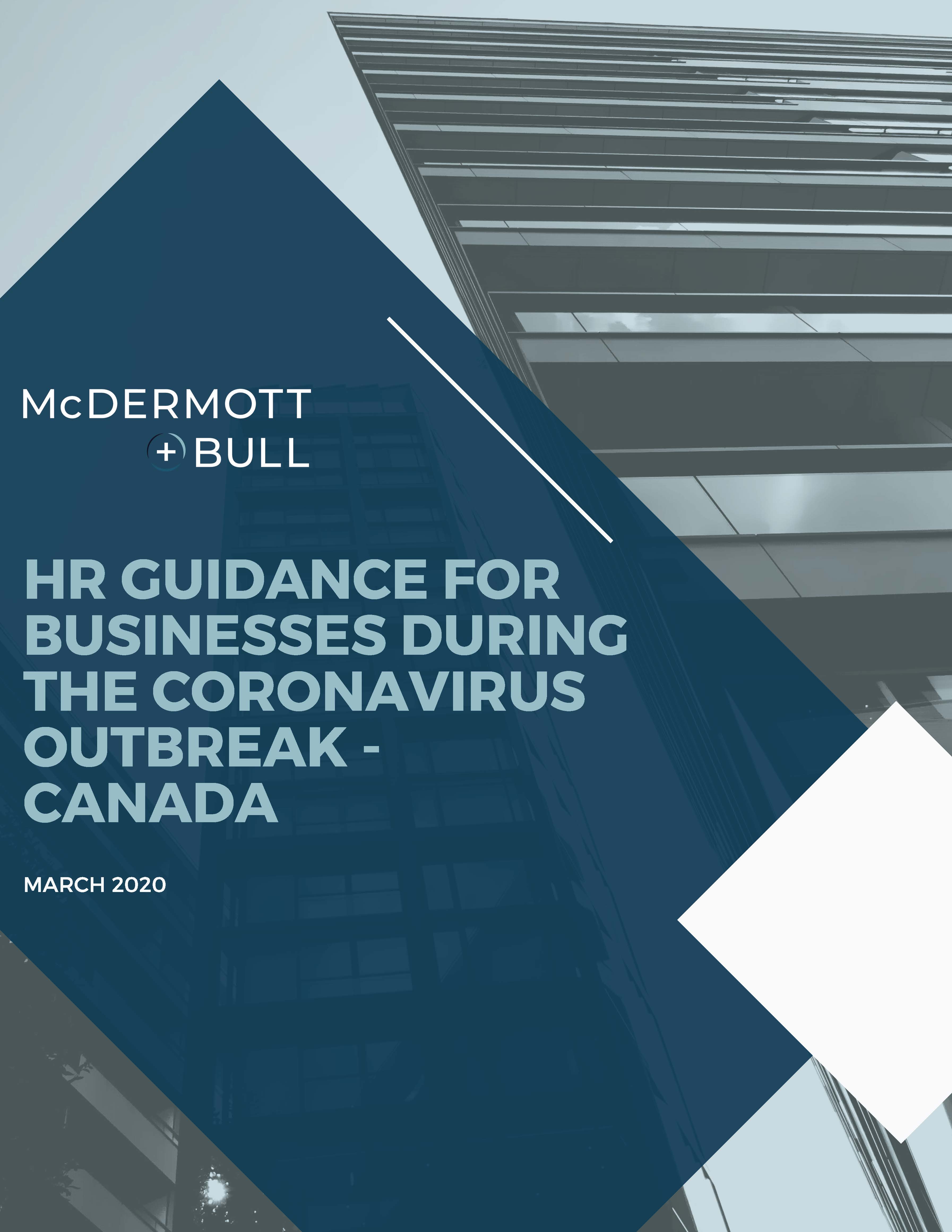Employee Safety + Wellbeing
Step-Up Workplace Safety + Cleanliness Measures
- Employers are required, by law, to provide a safe workplace for employees. Businesses need to take additional preventive measures to promote a safe, and clean environment.
- Emphasize the importance of hygiene and etiquette.
- Post informational documents throughout the workspace. Ensure employees are aware of how the virus is transmitted and what the typical symptoms look like.
- Encourage employees to cover their noses and mouths with a tissue when coughing or sneezing.
- Provide extra tissue and hand sanitizer in the workplace. Place in multiple locations to promote use.
- Instruct employees to clean hands often, with an alcohol-based sanitizer (60-95% alcohol), or to wash hands for > 20 seconds.
- Regularly clean surfaces in the workplace, including kitchens, workstations, and doorknobs.
- Provide disposable wipes, such as Lysol, so that employees can maintain a clean workspace.
Identify + Encourage Remote Work Options
- Consider remote work for all employees and establish a flexible approach, while ensuring business objectives are met and performance maintained (A Guide to Managing Your Remote Workers). Remote working should be encouraged when it is possible.
- Provide employees with the proper tools and training for remote working and virtual meetings (4 Things to Consider When Encouraging Working from Home).
- If remote work is not possible, consider staggered shifts (Live Examples from Wall Street) to limit the number of employees onsite at a given time. Increase the physical distance between employees.
-
Implement restrictions on meetings and travel. Employees should be discouraged or prohibited from meeting in-person unless required.
-
Travel should only be permitted for special cases, and only when required.
Provide Guidance on Work from Home + Leave/Pay Policies
- Ensure sick leave and absenteeism policies are flexible and adhere to public health and government guidance. Policies should be readily available and clearly communicated to employees.
- A Guide to Managing Employee Sick Leave and Absences (Ontario and Canada)
- Legal Considerations for Sick Leave and Absenteeism (BC, AB, ON)
- Employees exhibiting any symptoms of illness should stay home until symptoms subside.
- Do not require employees to provide a Doctor’s note to validate their illness. Doctors are challenged with capacity limitations and the public has been advised to avoid such requests.
- Provide flexibility to employees needing to stay home to care for sick family members or childcare needs. You may need to revisit sick leave/pay policies and adjust based on extenuating circumstances. Many employees are having to cope with caring for others or their children during school closures.
Designate a Representative to Handle Employee Q+A
- Ensure the representative is equipped with knowledge and resources to handle employee inquiries (Answers to Commonly Asked Questions).
- See the above resource for information on a variety of topics including:
- If my employees are laid off, can they work while receiving EI?
- If my employees are quarantined, will they be eligible for EI?
- What is the work-sharing program and how do I apply?
- Laying off employees: completing the ROE
- If employees can’t work because schools and daycares are closed, what should employees do?
- What are the obligations of employees?
- Stay up-to-date on Government guidance (Government of Canada – Outbreak Update).
- Stay up-to-date on employee support programs. As of March 20, 2020 – (Government of Canada – Employee Support (EI and Income) + Business Support).
Hiring + Talent Management
Hiring, Onboarding + Training
- Given the uncertainty associated with our current climate, it may be prudent to freeze hiring until the business impact is measurable.
- Don’t lose sight of recruitment efforts for key roles.
- Put in-person onboarding on-hold + facilitate virtual training sessions.
- All training and development should be conducted virtually.
- How Other Employers are Responding to Hiring and Training
Refocus Employees
- Revisit critical employee and organizational goals and objectives. Has anything changed, or does it need to be changed considering the current climate?
- Ensure changes to goals and objectives are clearly communicated to employees.
- Promote employee’s success and effectiveness by ensuring goals and objectives are attainable given the potential limitations given the current environment (Best Practices for Managing Virtual Teams and Meetings).
- Communicate performance expectations. Ensure employees know what is expected of them.
- Ensure employees have channels to communicate with management and leadership regularly so challenges or issues can be readily addressed.
Re-Evaluate Employee Rewards and Performance Incentives
- Assess opportunities to provide non-financial rewards to maintain employee morale (Employee Engagement during the Coronavirus).
- Revisit and revise targets and performance criteria based on business current and near-term business impacts.
- Revise employee performance incentives once conditions begin to normalize.
Business Continuity + Communications
Plan for Business Impact + Assess Outcomes
- Evaluate the best and worst-case scenarios and assess the impact on human capital (Harvard Business Review – Lead Your Business Through the Coronavirus Crisis).
- Keep up to date on business and employee support provided by the government (Support Plan for Businesses and Canadians).
- Prepare for an increased number of employee absences — plan to monitor and manage absenteeism.
- Implement plans to manage and continue essential business functions based on anticipated absenteeism.
- Cross-train employees to perform essential functions to ensure the business remains operational if key employees are unable to work.
- Assess essential functions and evaluate the community’s dependency on your product or service. Be prepared to adapt business practices to maintain critical operations, so the community remains supported.
- Evaluate ways to retain employees without having to initiate layoffs. Consider 4-day work weeks, the work-sharing (Government of Canada – Work Sharing Overview), flexible unpaid time off, etc.
- Keep customers informed of business impacts, policies, and expectations.
Review and Share Information Regularly
- Communication is key (How to Lead Through a Crisis).
- Ensure uniformity in company communications.
- Communicate the plan with employees and involve them in the review. Assess for any gaps.
- If any employee is confirmed to have COVID-19 (Government of Canada – Medical Leave Guidelines), the employee should inform the employer and company communications should be actioned immediately. Employees exposed to this individual should be sent home immediately and required to work from home for 2 weeks (What Employees Should Do If Sick).


